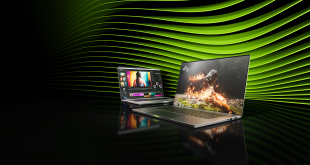After downloading and installing the latest version of ‘ADATA Sync' (also called ‘One Touch Backup Software'), we loaded the software. This is certainly very basic in appearance but does do the job.
When you press the backup button on the device it will execute jobs in the bottom panel, or you can execute them manually. This is a simple system but could allow you to back-up different things from different computers very easily. Example? maybe you want to backup photos from your laptop and backup documents from your desktop. Once set-up this is as easy as plugging in the device and pressing the button.
ADATA have also produced more software which have a bit more functionality, and they have clearly spent time in the design process.
HDDtoGO allows you to browse the internet using Internet Explorer or Mozilla Firefox without leaving a trace on the computer as it is effectively self-contained on the External Hard Drive. You can also do things like lock the computer when the device is removed and only unlock after a certain time period or when the device plugged back in.
To test the ADATA DashDrive Elite 500GB we are using our high-performance system with USB 3.0 via the motherboard header. We also compared the ADATA drive with our only other USB 3.0 External Hard Disk Drive, which is our brilliant and very trusty Seagate GoFlex Pro Ultra-Portable 750 GB.
The software we are using is Crystal Disk Mark – a useful benchmark to measure theoretical performance levels of hard drives and SSDs. We are using V3.0.1 x64 for testing today.
When compared to the Seagate GoFlex it is clear the ADATA DashDrive Elite has the upper hand by quite a margin, giving you an extra 40 MB/s read speed and maybe more impressively over 50 MB/s Write speed. This is even more impressive when you factor in the size of the DashDrive Elite as it is nearly half the thickness of the Seagate drive.
 KitGuru KitGuru.net – Tech News | Hardware News | Hardware Reviews | IOS | Mobile | Gaming | Graphics Cards
KitGuru KitGuru.net – Tech News | Hardware News | Hardware Reviews | IOS | Mobile | Gaming | Graphics Cards






